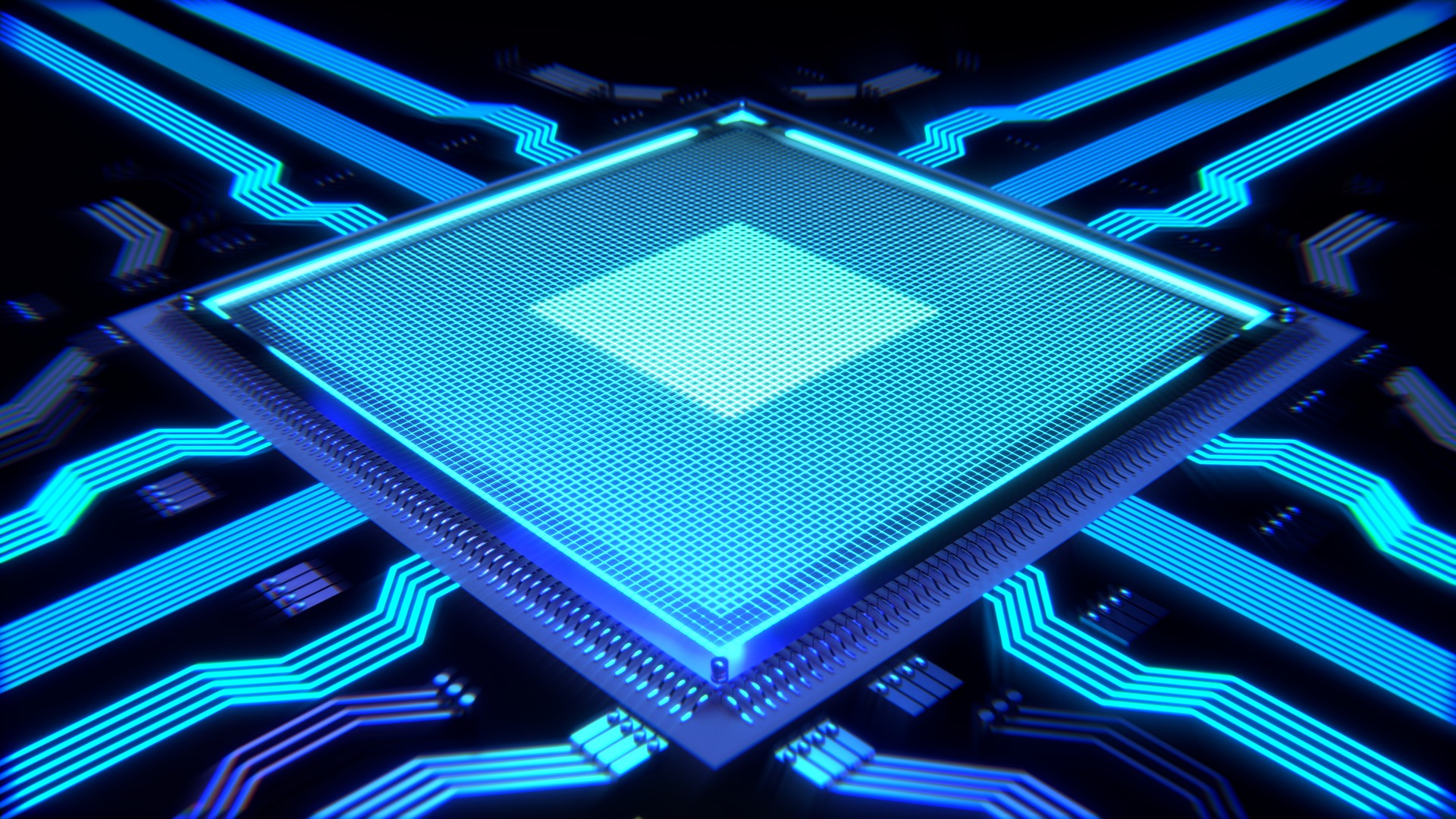Modern people believe that the technical process of creating processors for computers is complicated. It’s true. However, the process of making CPUs is a fascinating and curious thing. So, the technology for manufacturing Intel processors and their microprocessors starts with sand, and as a result, manufacturers get real chips. A lot of people might be very surprised by these facts. In this article, we will describe some details of the process of manufacturing these devices. You might be surprised at some of them because not many people know this information. So, what you’ll see below is information about Intel processor technology.
Technology of Intel processors production
Step 1. Sand
Of course, the main ingredient of any processor is not sand itself, but purified silicon. It’s 25 percent of all the chemical elements that are rich in the planet. However, silicon dioxide is a major component of sand, and it is this object that is one of the ingredients of many microprocessors of the next generation.
Step 2. Molten silicon
This is the most difficult and long phase in the entire production process. The purification process takes several steps. The final one is the appearance of silicon, which has the properties of a semiconductor and is used as a recycled element in metal ingots that have a diameter of up to 300 millimetres or 12 inches. Many years ago, large brands produced ingots with a diameter of 150-250 mm (8 inches). The earliest computers in history had bullion bars up to 50 millimetres (or 2 inches) in the early 1970s.
This phase of production involves the creation of a crystal with a frequency coefficient of 1 atom of impurity per billion silicon atoms. The ingot itself has a mass of up to 100 kilograms.
Step 3. Ingots slicing
Next, the most extraordinary stage begins. The producer cuts the ingot with a thin saw and divides it into small slices that serve as gaskets. Each pad passes through the polishing stage and acquires a smooth and even surface without defects. Such a smooth surface acts as a foundation for nanoscale-sized wires made of copper.

Step 4. Photoresistor layer exposure
The next step in modern microprocessor technology is the pouring of a special liquid on a padding during its rotation. So photographers often use these things. At the moment of rotation, the thinnest layer of the pad and the uniform layer of the liquid form.
Step 5. Pickling
The soluble photo resistant material is completely soluble using a chemical solvent. As a result, a small amount of polished semiconductor using chemical etching is an indispensable material.
Step 6. Formation of layers
Specialists create tiny wires from copper, so that in the future electricity is transmitted to the connectors during the process of manufacturing the processor. For that, special fluid is used. As a result, the final product is in the form of a grid of many microscopic stripes made of copper. They’re conductors of electricity, and they connect together half the time to make the operation of the processor possible.
Testing
Another step in processor technology is to move the device to the top of the chip. In order to test performance, specialists send a certain number of test signals to this chip and thus they test classical constructional capabilities. If they diagnose an error, they correct it at this stage. This is a crucial stage of the production process in the enterprises that create processors, and it is from the stage of diagnostics depending on how little defective models appear in the party. And on this. in turn, depends on the success of the marketing campaign.
Displacement of object
All the working plates are placed inside the body, which specialists cut into small parts beforehand. It is in the form of a diamond tip.
This is what the step-by-step technology of manufacturing modern Intel processors looks like.



